What is Ecommerce Photography?
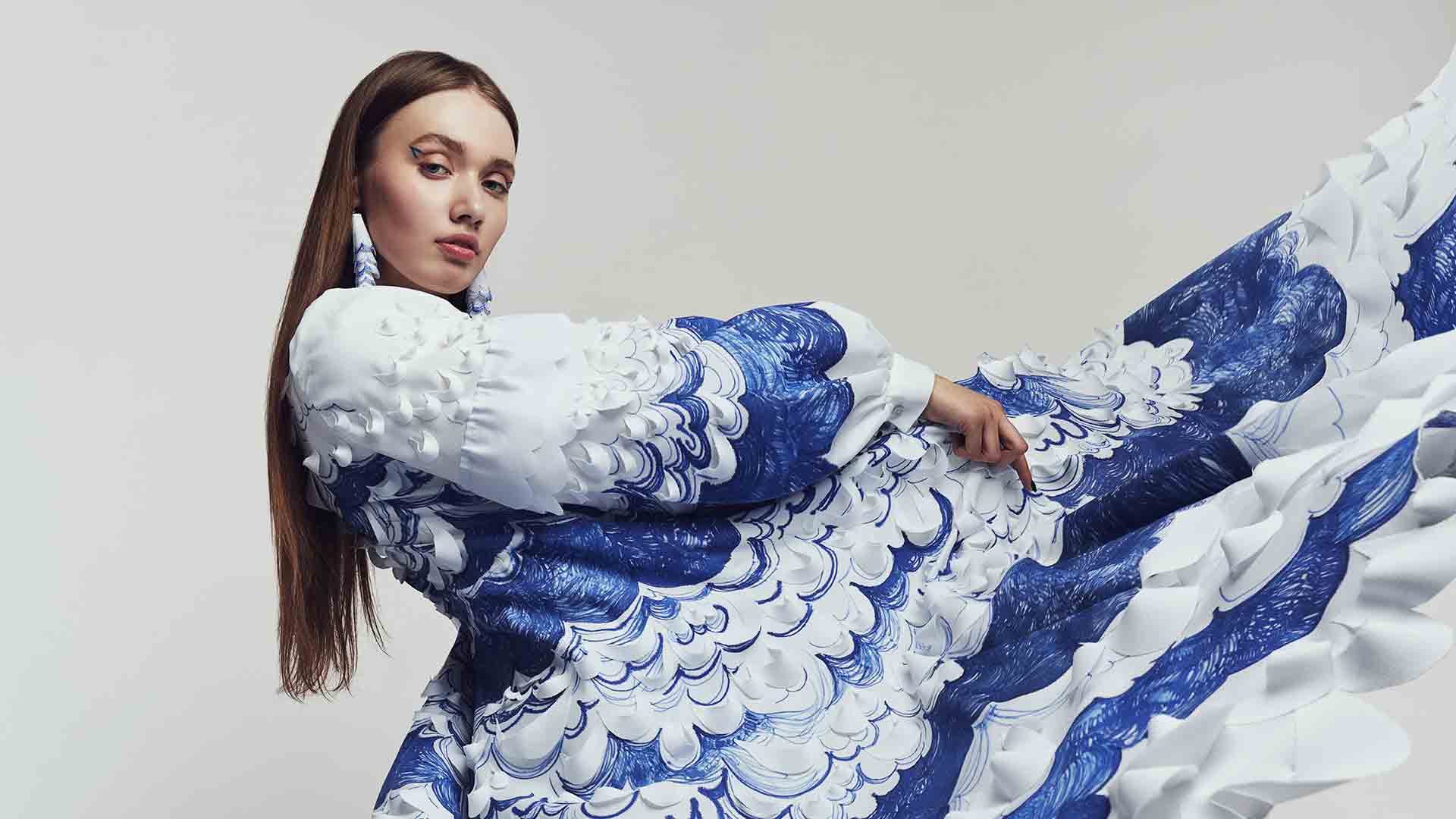
Table of Contents
ToggleIn today’s digital marketplace, ecommerce photography plays a crucial role in shaping customer perceptions and driving sales. As online shopping continues to grow, the importance of high-quality visuals to represent products has never been more significant. Ecommerce photography is not merely about taking pictures; it’s an essential marketing tool that influences buying decisions, enhances brand image, and creates a competitive edge. In this article, we delve into what ecommerce photography is, why it matters, and how businesses can leverage it to maximise their online potential.
Understanding Ecommerce Photography
Ecommerce photography refers to the practice of capturing and presenting images of products for online stores. Unlike traditional photography, which often focuses on artistic expression, ecommerce photography prioritises clarity, accuracy, and consistency. The primary goal is to provide potential buyers with a visual representation that accurately reflects the product’s appearance, features, and quality.
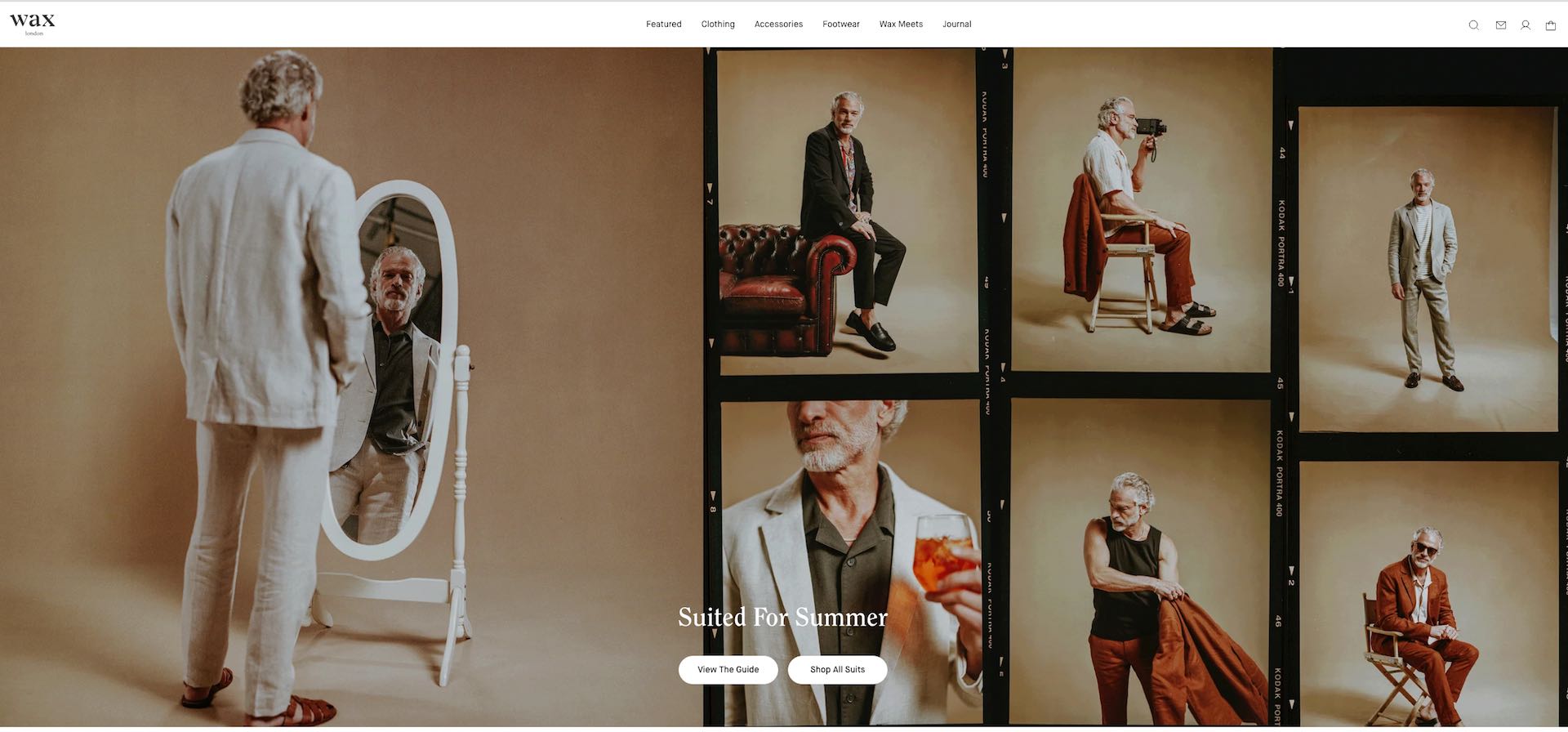
Typically, ecommerce photos are taken against plain backgrounds, using specific lighting techniques and angles to showcase the product in the best possible way. Whether it’s a simple white background image, a 360-degree view, or a lifestyle shot, each type of ecommerce photograph serves a unique purpose in the buyer’s journey.
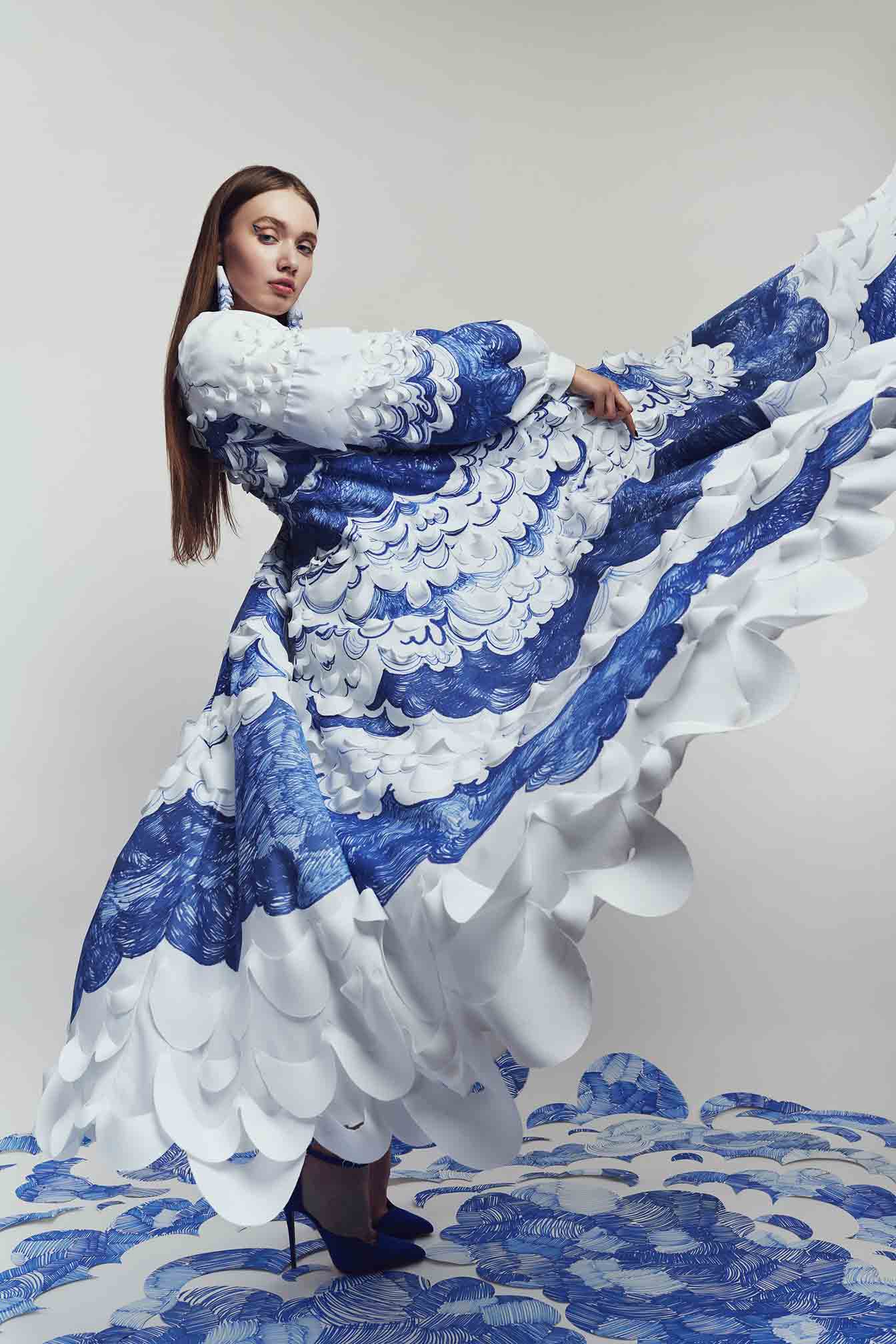
The Importance of Ecommerce Photography
1. First Impressions Matter
In ecommerce, a picture is often the first interaction a customer has with a product. According to studies, online shoppers make up their minds about a product within seconds. High-quality images create a strong first impression, conveying professionalism, trustworthiness, and attention to detail. Poor-quality images, on the other hand, can drive potential customers away and damage brand reputation.
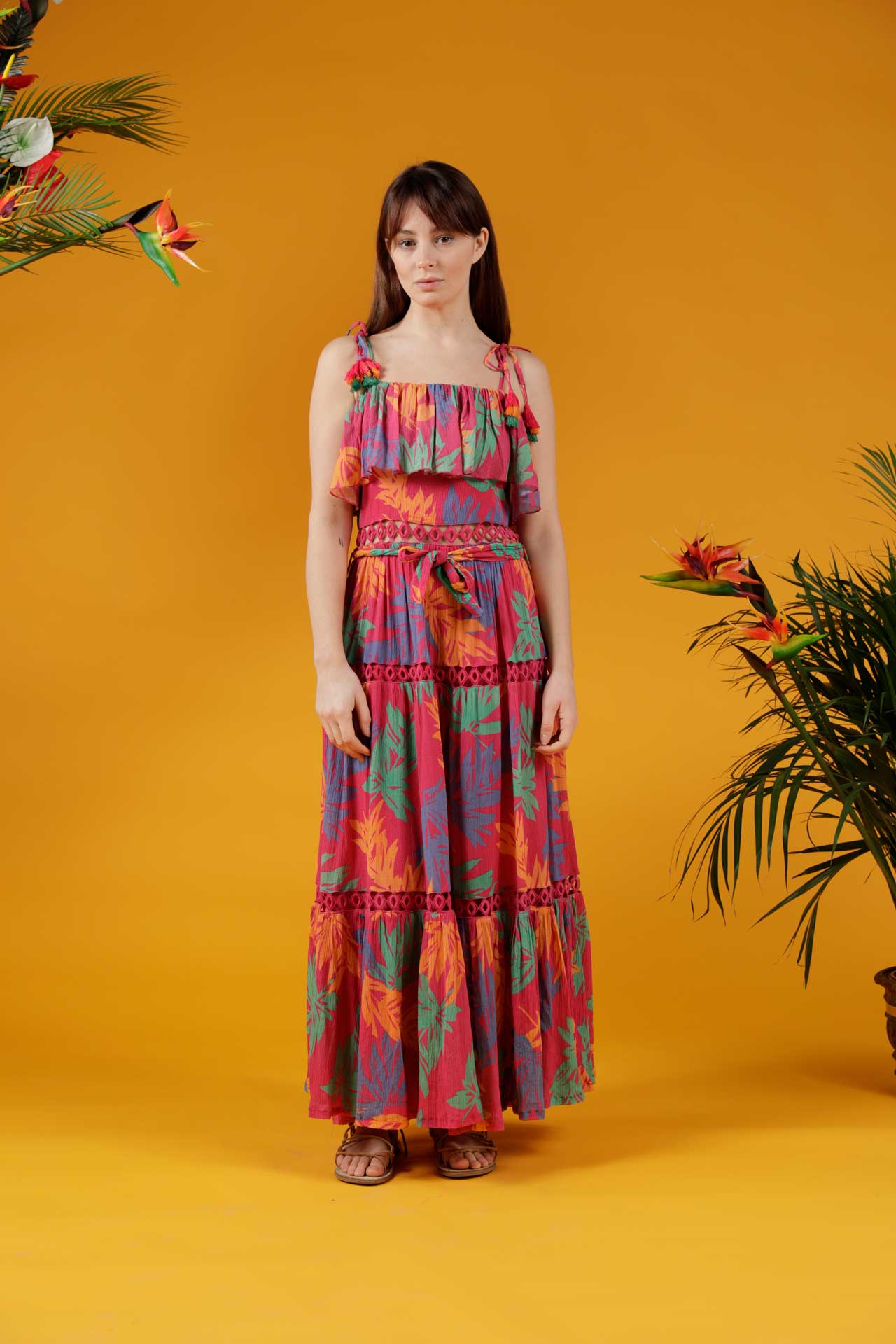
2. Enhances Product Perception and Trust
Images that accurately represent a product help build trust between the brand and the consumer. Detailed, clear photographs enable customers to see the texture, color, size, and functionality of a product, reducing uncertainty and increasing confidence in making a purchase. By providing multiple images from different angles, brands can mitigate the risks associated with online shopping, such as receiving a product that looks different from the online description.
3. Increases Conversion Rates
The quality of ecommerce photography directly impacts conversion rates. Research indicates that product pages with high-quality images have higher engagement levels and conversion rates compared to those with lower-quality visuals. Professional Ecommerce photography helps customers visualise how a product will look in real life, which is crucial for decision-making. A well-executed photograph can trigger emotional responses, prompt the desire to purchase, and ultimately drive sales.
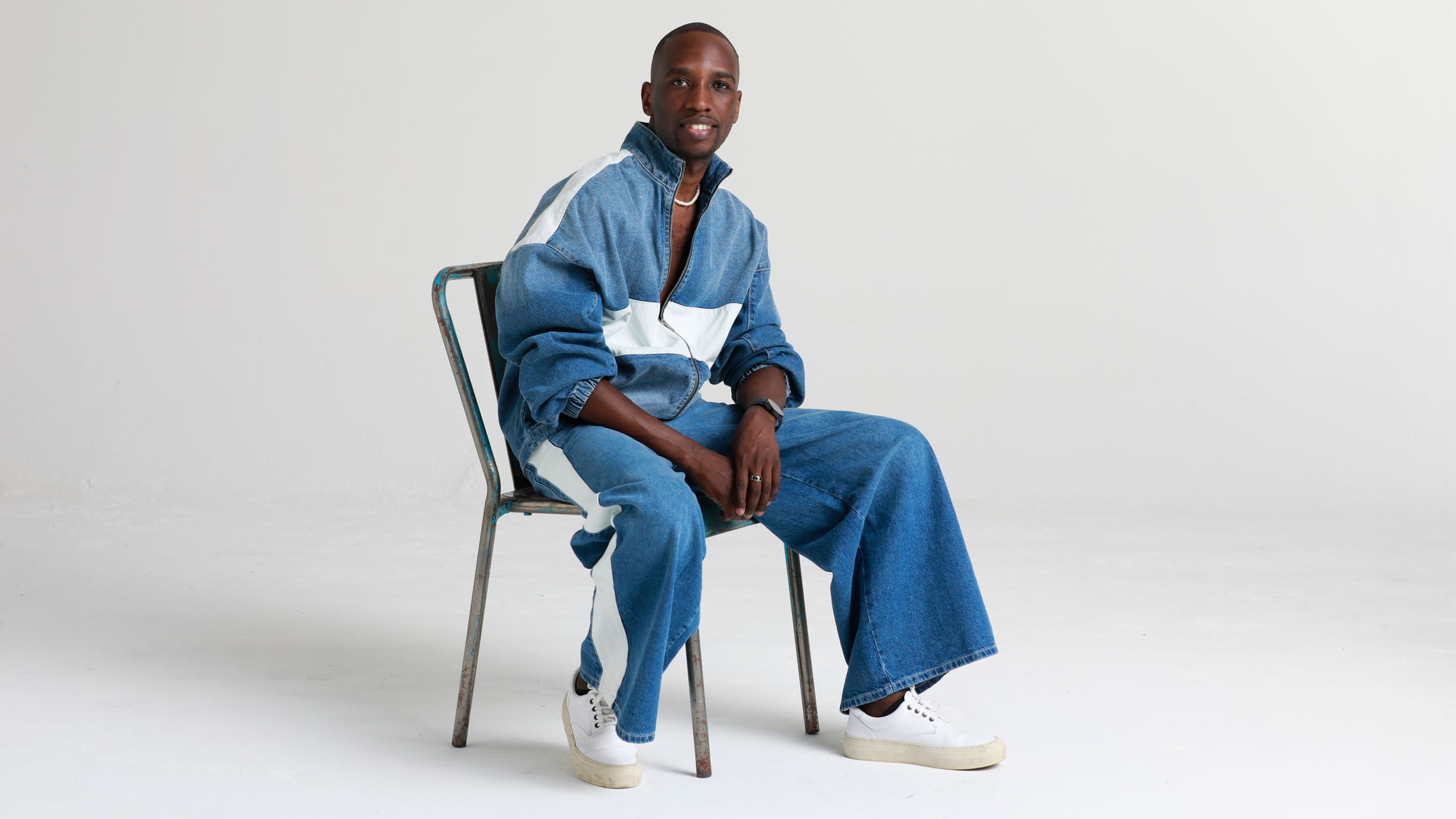
4. Reduces Return Rates
Returns are a significant challenge in ecommerce. One of the leading causes of returns is that products do not meet customer expectations based on the images provided. High-quality, accurate photographs help set realistic expectations, minimising the risk of returns due to mismatches between the visual representation and the actual product. By providing clear, detailed images, businesses can significantly reduce return rates and improve customer satisfaction.
Types of Ecommerce Photography
1. Product Photography
This is the most common type of ecommerce photography, featuring the product against a neutral background, usually white, to eliminate distractions and highlight the item. Product photography focuses on capturing the product from various angles, emphasising details like texture, colour, and shape. These images are often used in product listings, catalogs, and ads.
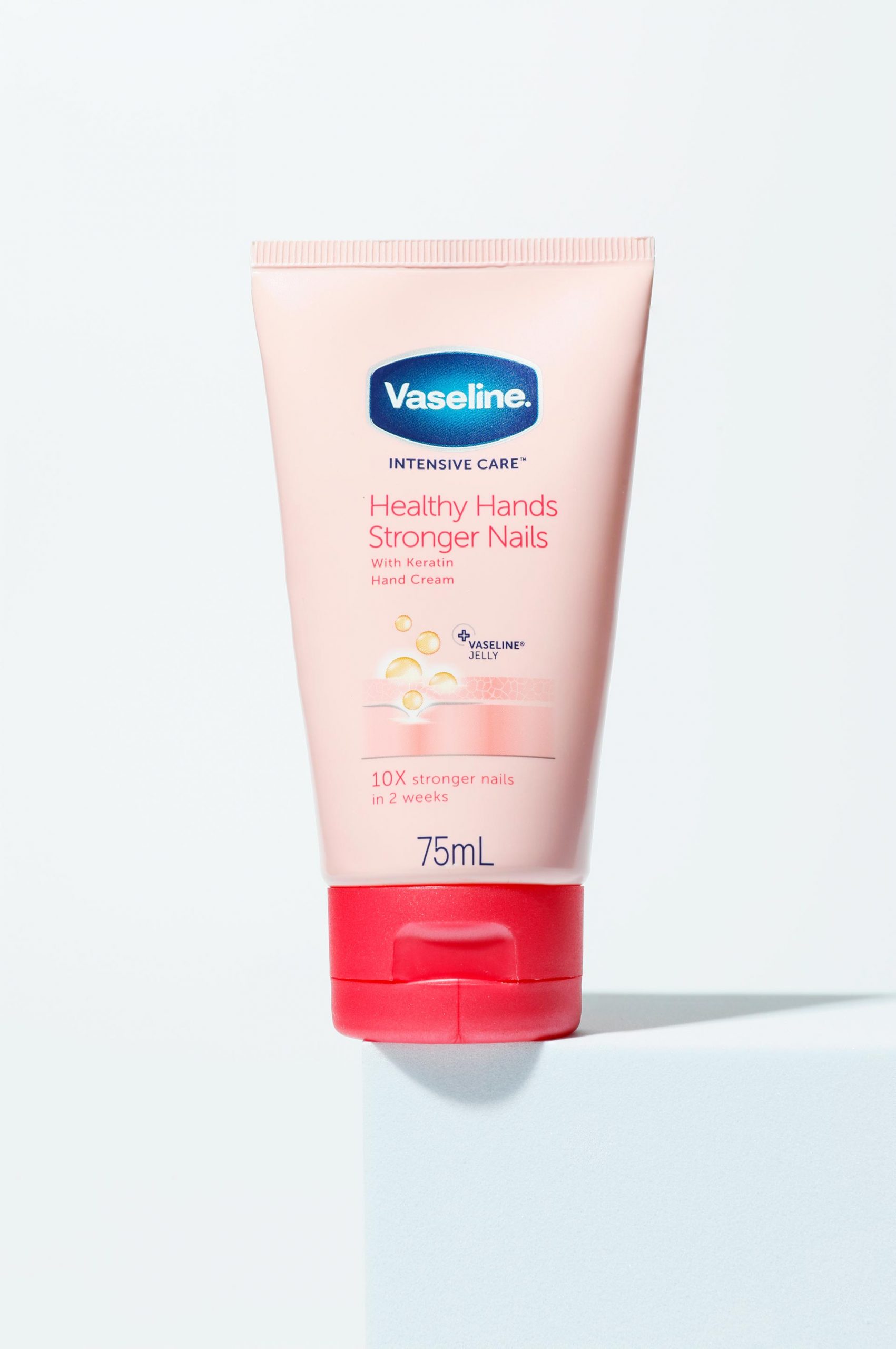
2. Lifestyle Photography
Lifestyle photography shows the product in use or in a real-life context, helping customers imagine how the product fits into their daily lives. It’s particularly effective for fashion, home decor, and fitness products. Lifestyle images often convey a brand’s identity and values, creating an emotional connection with the audience.
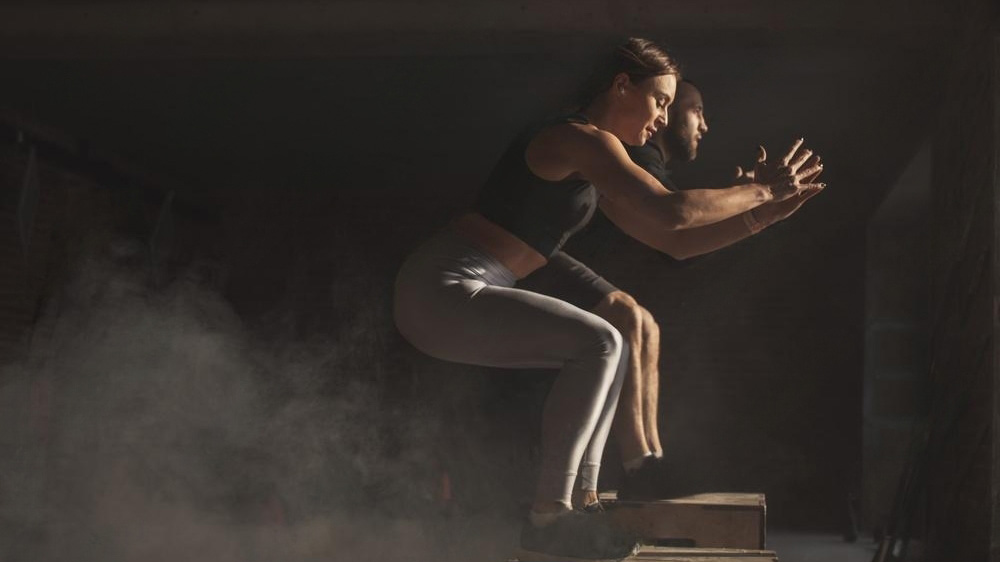
3. 360-Degree Photography
360-degree photography allows customers to view a product from every angle. It involves taking multiple photos of the product from different perspectives and combining them into an interactive image that users can rotate. This type of photography offers a dynamic, engaging way to showcase products, enhancing the online shopping experience.
4. Macro Photography
Macro photography is used for products that have intricate details, such as jewellery, textiles, and electronics. This type of photography captures close-up shots that highlight the craftsmanship, material quality, or special features of a product. Macro images are vital for ecommerce websites that sell high-end or detailed products, as they allow customers to see the finer points that set these products apart.

5. Model Photography
Model photography involves capturing the product worn or used by a model, providing a more relatable and aspirational perspective. This type of photography is common in fashion and beauty industries, where customers want to see how the product looks on a real person. Model photography can also enhance the brand image by associating it with certain lifestyles, personalities, or values.

Best Practices for Ecommerce Photography
1. Invest in Professional Equipment and Setup
To achieve high-quality images, invest in professional cameras, lenses, photography lighting equipment, and backgrounds. A tripod is essential for stability, ensuring sharp, clear images. Proper lighting is crucial; natural light or softbox lighting works well to eliminate shadows and highlight the product’s features.

2. Use Consistent Backgrounds
Consistency in backgrounds is key to creating a cohesive and professional look for your ecommerce site. A white or neutral background is standard, as it ensures the focus remains solely on the product. However, coloured or textured backgrounds can be used strategically to align with the brand’s aesthetics or to evoke specific emotions.

3. Optimize Image Size and Quality
Optimising images for the web is essential for maintaining fast loading times without compromising on quality. High-resolution images may look great but can slow down your website, negatively impacting user experience and online presence. Use image optimisation tools to compress file sizes while retaining clarity and detail. If you use Wordpress Woocommerce, you can use various image compress plugin. Read more about Wordpress image compression.
4. Focus on Product Details
Highlight the unique features of your product by capturing close-up shots. Show different angles, textures, and functionalities to provide a comprehensive view. The more detailed the images, the better the customer understands the product, reducing doubts and increasing the likelihood of purchase.
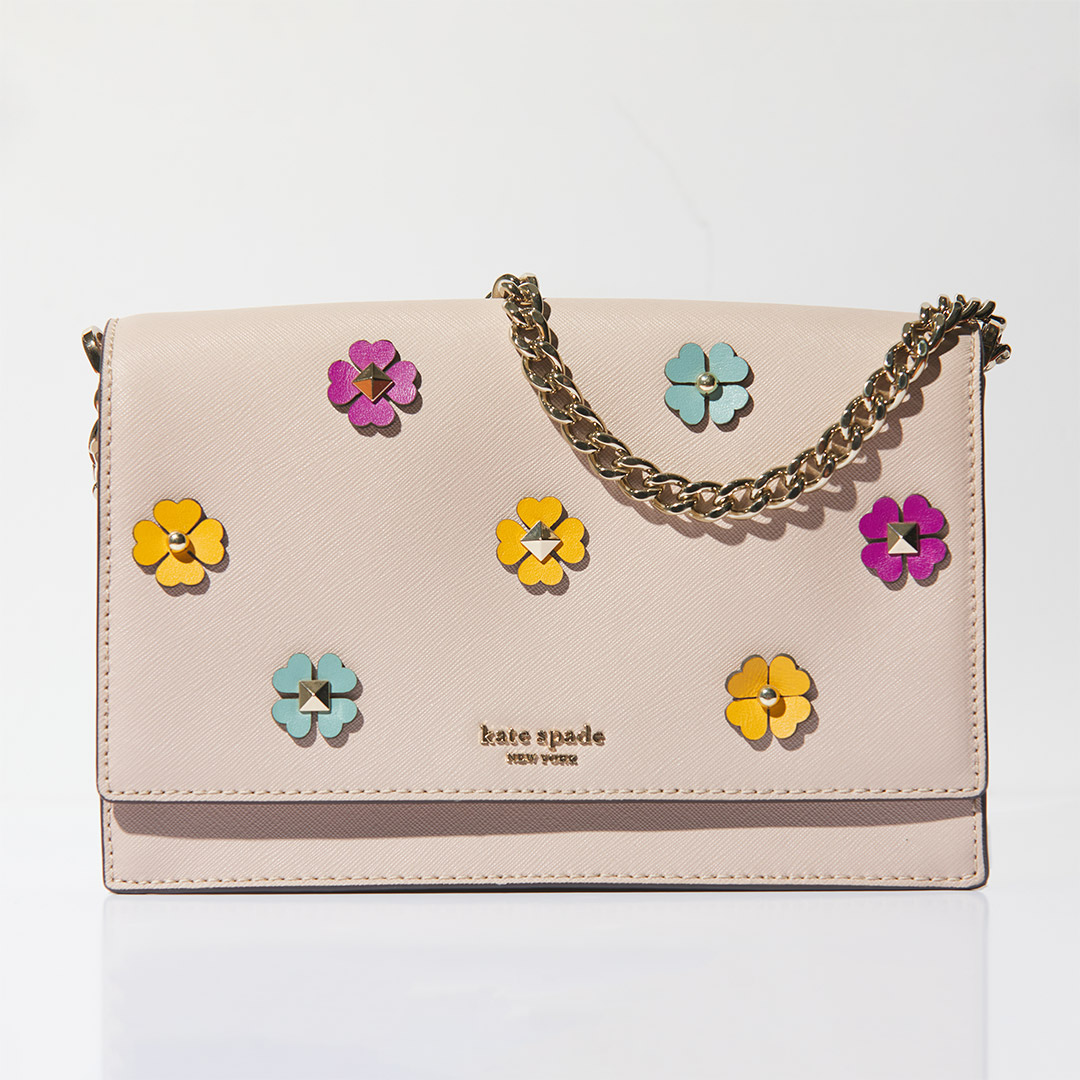
5. Include Multiple Images for Each Product
Offering multiple images for each product provides customers with a complete understanding of what they are buying. Include shots from different angles, lifestyle images, and detailed close-ups to cover all aspects. This approach caters to different customer preferences and enhances the overall shopping experience.
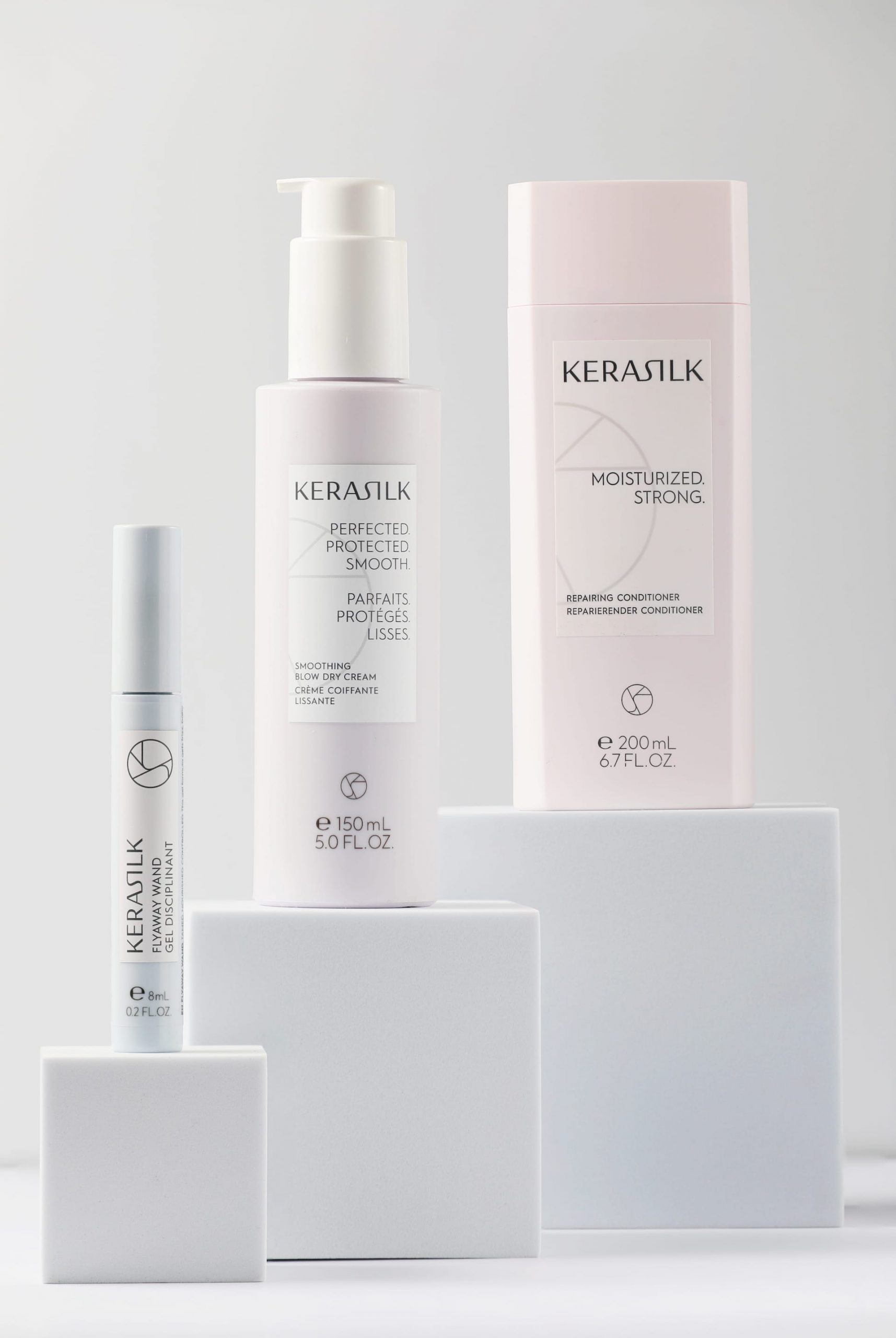
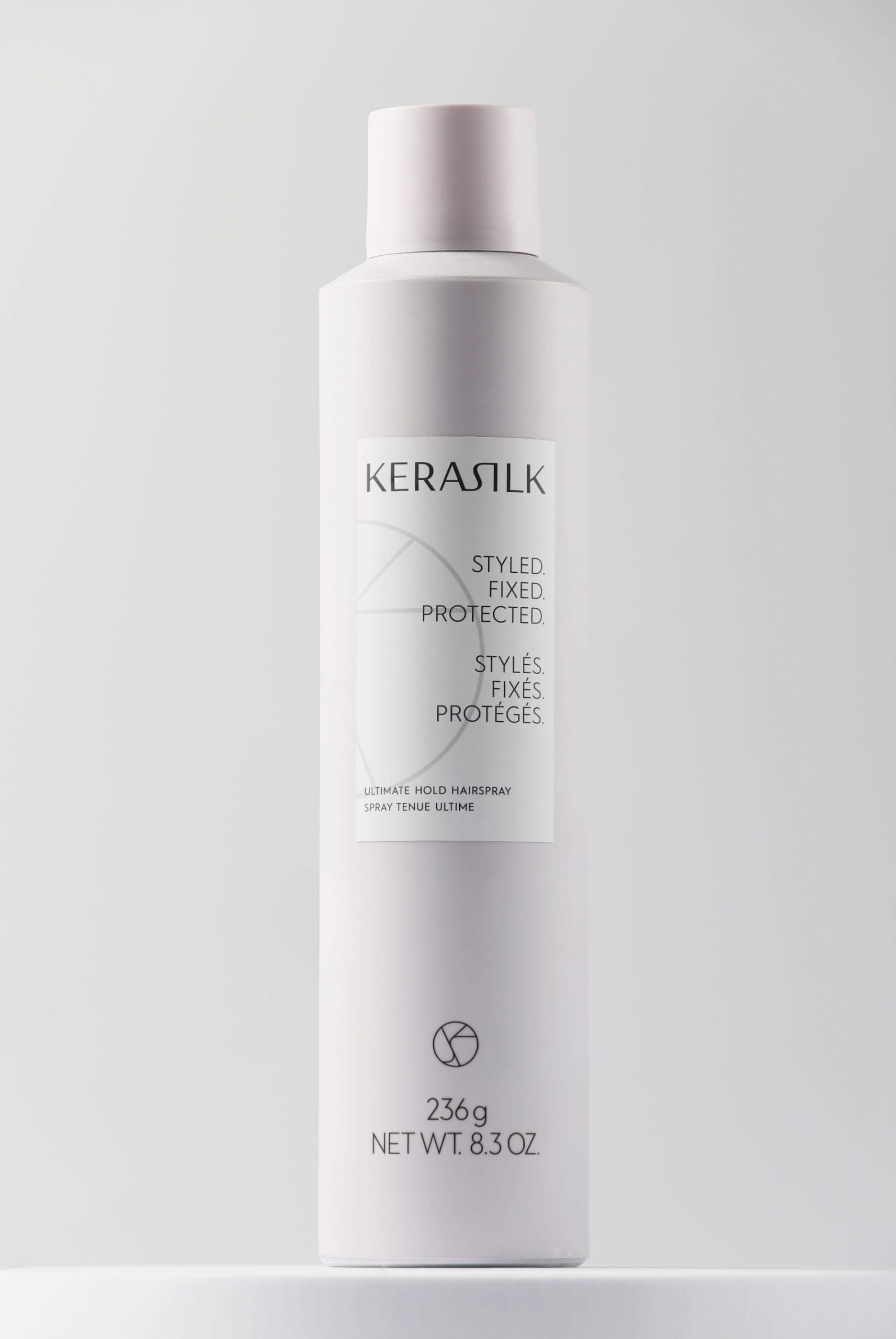
Conclusion
Ecommerce photography is more than just taking pictures; it’s about creating a visual experience that resonates with customers, builds trust, and drives sales. By understanding the different types of ecommerce photography and implementing best practices, businesses can enhance their product presentation and optimize their online presence. Investing in high-quality product images is not an expense but a strategic move that pays off in the form of increased conversions, lower return rates, and improved brand perception.
FAQ: Ecommerce Photography
1. What is ecommerce photography?
Ecommerce photography refers to the practice of capturing high-quality images of products for online stores. These images are designed to accurately represent the product’s features, appearance, and quality to potential customers, helping them make informed purchasing decisions.
2. Why is ecommerce photography important?
Ecommerce photography is crucial because it creates the first impression of a product, enhances trust, increases conversion rates, and reduces return rates. High-quality images help customers visualize the product, understand its features, and feel confident about their purchase.
3. What types of ecommerce photography are there?
There are several types of ecommerce photography, including product photography (simple images on neutral backgrounds), lifestyle photography (showing products in real-life contexts), 360-degree photography (interactive, all-around views), macro photography (close-ups of detailed items), and model photography (products shown in use by people).
4. How can ecommerce photography increase sales?
High-quality ecommerce photos improve the customer’s online shopping experience by providing clear, detailed, and accurate images of the product. This reduces uncertainties, builds trust, and makes it easier for customers to make purchasing decisions, thereby increasing sales.
5. What are the best practices for ecommerce photography?
Best practices include investing in professional equipment, using consistent backgrounds, optimizing image size and quality, focusing on product details, and providing multiple images for each product. These practices ensure high-quality visuals that engage customers and improve the overall shopping experience.
6. How do you optimize ecommerce photography for SEO?
To optimize ecommerce photography for SEO, use descriptive file names, add alt text with relevant keywords, utilize schema markup, and leverage image sitemaps. These techniques help search engines understand and index your images, improving their visibility in search results.
7. Why is 360-degree photography useful in ecommerce?
360-degree photography provides an interactive experience, allowing customers to view a product from all angles. This helps them better understand the product’s features and build confidence in their purchase, ultimately enhancing the overall shopping experience.
8. What equipment is needed for high-quality ecommerce photography?
Essential equipment includes a professional camera, lenses, tripod, proper lighting (such as natural light or softbox lighting), and a neutral or white background. This setup ensures clear, sharp images that accurately represent the product.
9. Can ecommerce photography help reduce product returns?
Yes, by providing accurate and detailed images, ecommerce photography helps set realistic expectations, reducing the likelihood of customers returning products due to discrepancies between the image and the actual item received.
10. What is the role of lifestyle photography in ecommerce?
Lifestyle photography shows products in real-life situations, helping customers envision how they would use the product in their daily lives. It creates an emotional connection with the audience, enhances the brand’s appeal, and encourages purchase decisions.
These FAQs provide a comprehensive overview of ecommerce photography and its significance in today’s digital marketplace. Are you looking for an ecommerce photography studio in London? Cineview Studios provides professional ecommerce photography services for all type of ecommerce brands. Contact them via email: info@cineviewstudios.com or call: 02083052849